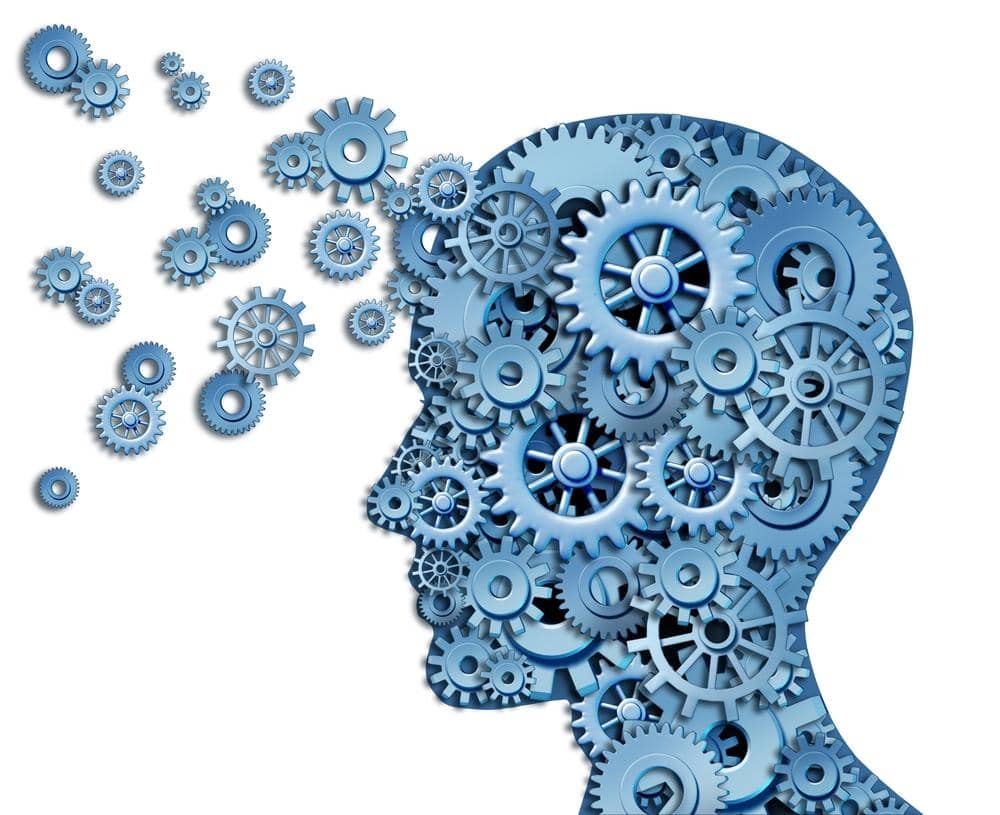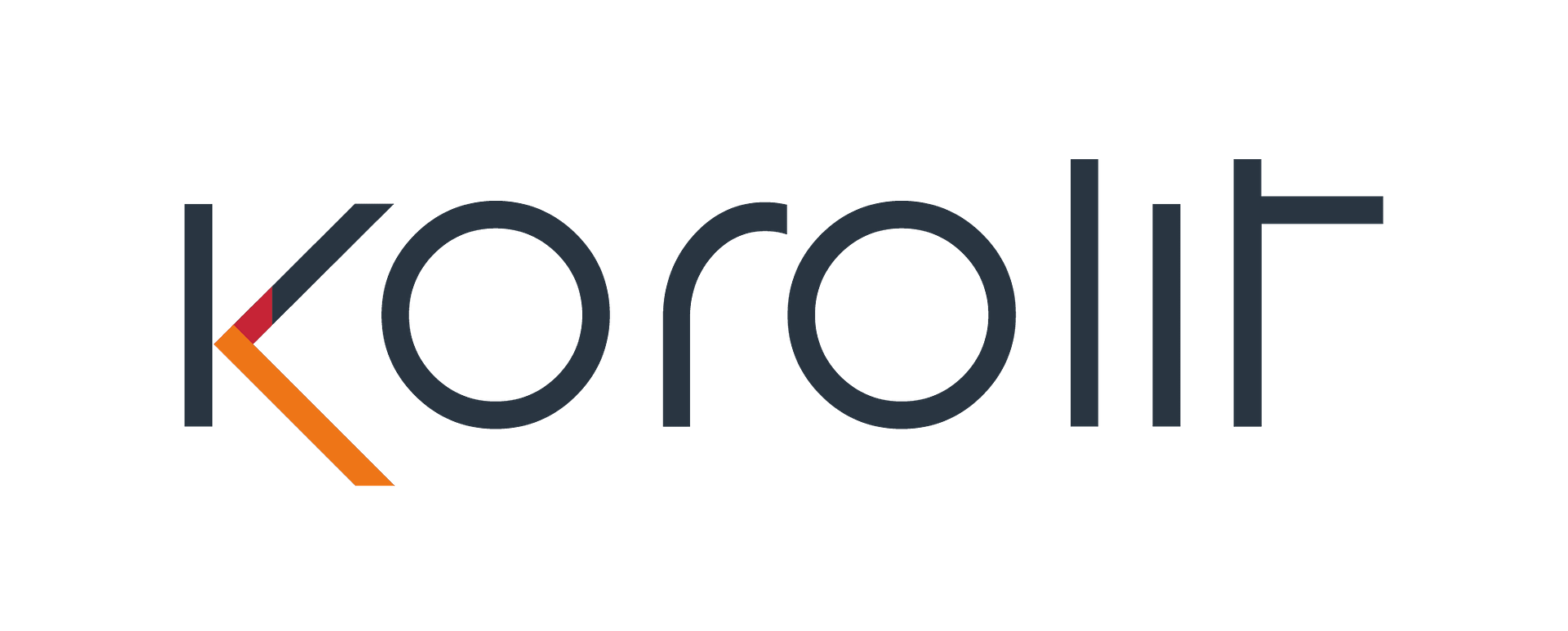
Leveraging your Human Capital
Introduction
The World Economic Forum’s ‘Employment, Skills and Human Capital Global Challenge Insight Report 2015’ highlighted that Human capital will be the key factor linking innovation, competitiveness and growth in the 21st century. It also stated that more than a third of employers globally reported facing difficulties in finding talent last year and nearly half expected talent shortages to have a negative impact on their business results. The report stated that global organizations must navigate a “new world of work that requires a dramatic change in strategies for leadership, talent, and human resources.
Many of today’s employees work in global teams that operate on a 24/7 basis. An increasing number of skilled workers in this new world work on a contingent, part-time, or contract basis, so organizations must now work to integrate them into talent programs. New cognitive technologies are displacing workers and reengineering work, forcing companies to redesign jobs to incorporate new technology solutions.
For human resources (HR) organizations, this new world requires bold and innovative thinking. It challenges existing people practices: how people are evaluated and managed and how to engage and develop teams; how to select leaders and how they operate. HR organizations now face increasing demands to measure and monitor the larger organizational culture, simplify the work environment, and redesign work to help people adapt.
Knowing where to start is probably the greatest challenge and one powerful tool to help organizations evaluate, prioritize and manage improvements has been available for many years!
The Capability Maturity Model (CMM)
In the 1970’s computers more widespread, flexible, and inexpensive. Organizations began to adopt more and more computerized information systems and the field of software development grew significantly. This led to an increased demand for IT developers.
The rapid growth in the industry also led to project failures becoming more commonplace as projects became more ambitious in scale and complexity. In response to these challenges an entire market in software development methods erupted with key innovators such as Edward Yourdon, Larry Constantine, Gerald Weinberg, Tom DeMarco, and David Parnas developing structured analysis and design texts to help businesses to build IT systems more effectively.
IT also lacked a reference model for evaluating business processes and practices. In order to solve a problem occurring in the military with software development running over-budget and slower than expected. Carnegie-Mellon’s Software Engineering Institute received an assignment from the U.S. Air Force to create a model for evaluating software engineers.
The result was the Capability Maturity Model (CMM) and was described via:
- S. Humphrey, “Characterizing the Software Process: A Maturity Framework,” Software Engineering Institute, CMU/SEI-87-TR-11, DTIC Number ADA182895, June 1987.
- S. Humphrey and W.L. Sweet, “A Method for Assessing the Software Engineering Capability of Contractors”, Software Engineering Institute, CMU/SEI-87-TR-23, DTIC Number ADA187320, September 1987.
And was based on the earlier work of Philip Bayard “Phil” Crosby, a businessman and author who contributed to management theory and quality management practices. Crosby initiated the Zero Defects program at the Martin Company. As the quality control manager of the Pershing missile program, Crosby was credited with a 25 percent reduction in the overall rejection rate and a 30 percent reduction in scrap costs. Crosby published his seminal work “Quality is Free” in 1979.
The CMM is no longer supported by the SEI and has been superseded by the more comprehensive Capability Maturity Model Integration® (CMMI®).
How is it used?
The CMMI is used when evaluating the processes of companies to determine the level of maturity the organization possesses. The five stages of the Maturity are defined as:
- Initial – This is where all new processes start. Processes are chaotic and often ad hoc.
- Repeatable – This happens when a company has developed a process to produce repeatable outcomes.
- Defined – At this point, the process is defined and has been chosen as a standard business process.
- Managed – Someone manages the process according to metrics defined during stage three.
- Optimized – The management procedure includes process optimization.
As the company’s processes move from level one to level five, the predictability and effectiveness of a company’s processes increase. Within each of these maturity levels are five KPAs (Key Process Areas) which characterise that level:
- Goals
- Commitment
- Ability
- Measurement
- Verification
The People Capability Maturity Level (PCMM)
Carnegie Mellon University’s Software Engineering Institute also developed a framework to improve the capability of employees called as People Capability Maturity Model® (P-CMM®). The P-CMM focuses on continuously improving the management and development of the human assets of an organization.
P-CMM is an evolutionary framework. It guides the organization in selecting high-priority improvement actions based on the current maturity level of their people practices. Benefit of P-CMM is in narrowing the scope of improvement activities to those vital few practices that provide the next foundational layer for developing an organization’s talent pool. By concentrating on a focused set of practices organizations can progressively make lasting gains in their performance and competitiveness.
The P-CMM is also comprised of five maturity levels that provide the foundations for continuously improving individual competencies, developing effective teams, motivating improved performance, and shaping the workforce to drive business plans. These levels are:
- Level-1 (Initial) – Only the staffing functions.
- Level-2 (Managed Level) – Mapped out a well defined compensation plan, has performance management policies, has work communication & coordination structure and a training & development plan for employees.
- Level-3 (Defined Level) – Competency based HR practices, career development plan for employees, Workgroup planning and workforce development based on competency analysis.
- Level-4 (Predictable Level) – Mentoring program, empowered workgroups, quantitative performance management, and employee competency is treated as a key asset.
- Level-5 (Continuous improvement) – Continuously improves its capabilities, encourages workforce innovation and organization’s performance is aligned with the market needs.
The P-CMM’s primary objective is to improve the capability of the talent pool which can be defined as the level of knowledge, skills, and process abilities available for performing business activities. This can be summarized as:
- Directly related to business performance
- Provide strategic advantage.
- Are defined in relation to the organization’s strategic business objectives.
- Shift the focus from job elements to people competencies.
- Can be measure and improved at multiple levels, including individuals, workgroups, people competencies, and the organization.
- Drive invest in improving the capability of those people competencies that are critical to its core competency as a business.
- Operational management is responsible for the capability of the talent pool.
- The improvement of talent pool capability can be pursued as a process composed from proven practices and procedures.
- The organisation is responsible for providing competency and career improvement opportunities, while individuals are responsible for taking advantage of them.
- Organisations must continually evolve their people practices and develop new people competencies.
Conclusion
It is estimated that on average HR costs account for 28% of the overall operating expenses of any organization and yet Delotte’s Human Capital Trends Report 2015 stated that HR organizations and HR skills are not keeping up with business needs. Compared with 2014, the capability gap for virtually every talent issue has increased in magnitude with HR organizations rating their teams the equivalent of a C-minus. When business leaders were asked to rate HR their score was even lower at D-plus!
Only 5% of the HR leaders surveyed by Deloitte believed that their organization’s talent and HR programs were “excellent” and only 34% rate them as “good”. Its deeply concerning that 61%, believed their HR solutions are barely adequate or falling behind. Overall the underlying issue is that as businesses are growing and changing exponentially their HR capabilities are improving at a much slower pace and failing to meet expectations.
In a similar report by PwC their key findings included:
- Only 24% of organizations have a defined global recruitment strategy. The other 76% have a gap between their people, process, technology, and budget which makes driving a unified strategy difficult.
- 40% of HR leaders rate their own functions as not being effective in strategic planning
- Of the 81% of HR departments that have been through a redesign only 60% achieved their performance targets
- 71% of executives expect revenue pressures to increase and 67% for cost pressures to increase
As the market become more global HR programs and initiatives must become customer centric and more effective in driving measurable performance improvements that align to and will directly affect business profitability. The P-CMM provide a powerful framework to assist in evaluating, prioritising and managing the changes needed to reduce costs, and to more effectively leverage your businesses most important asset – its people!




